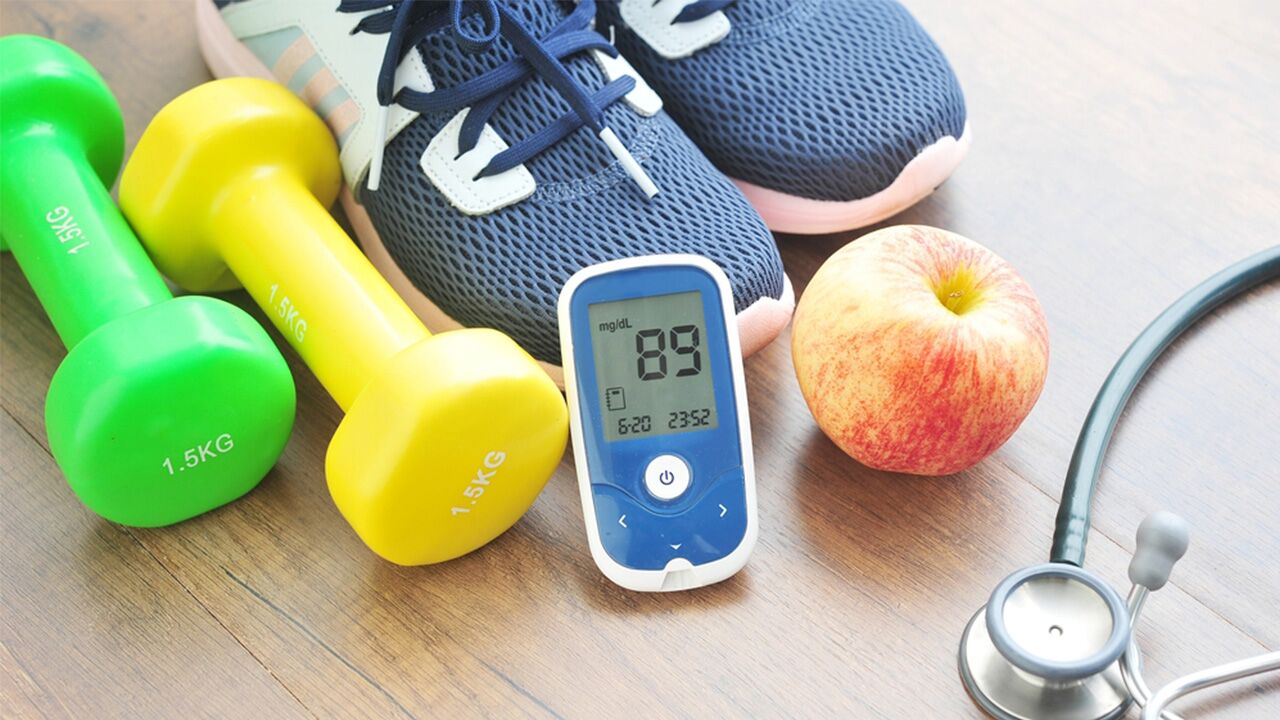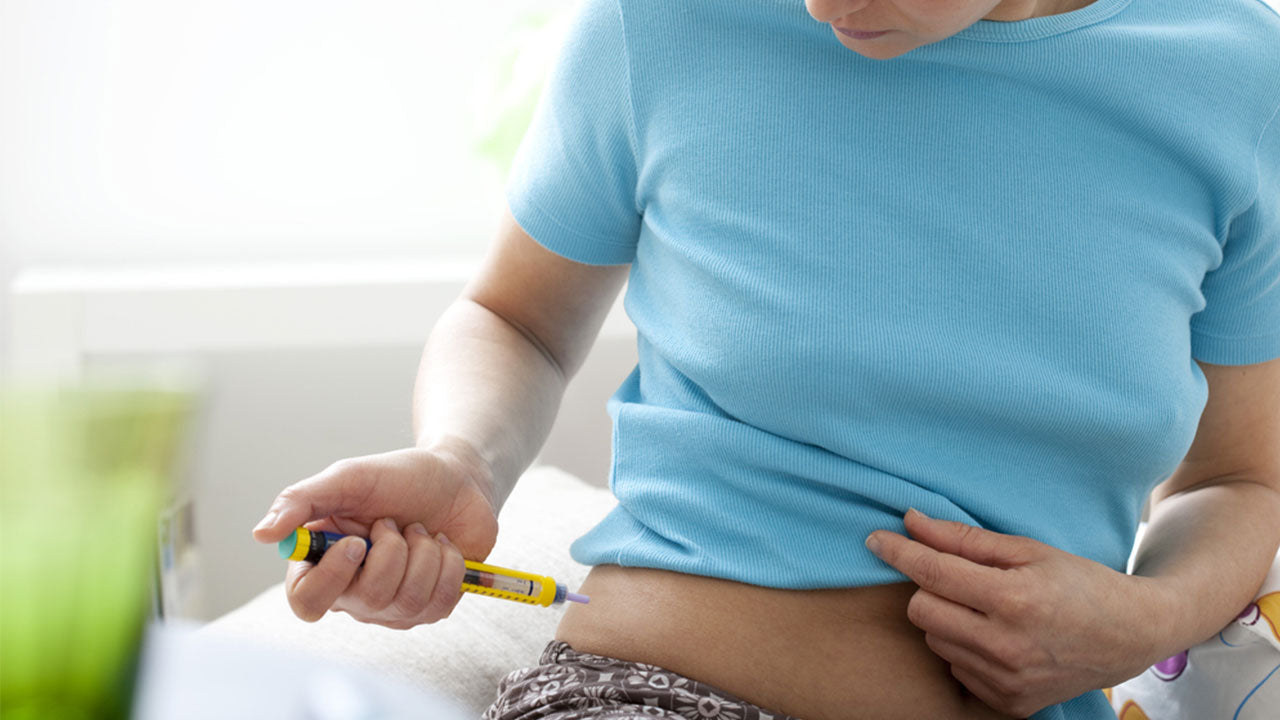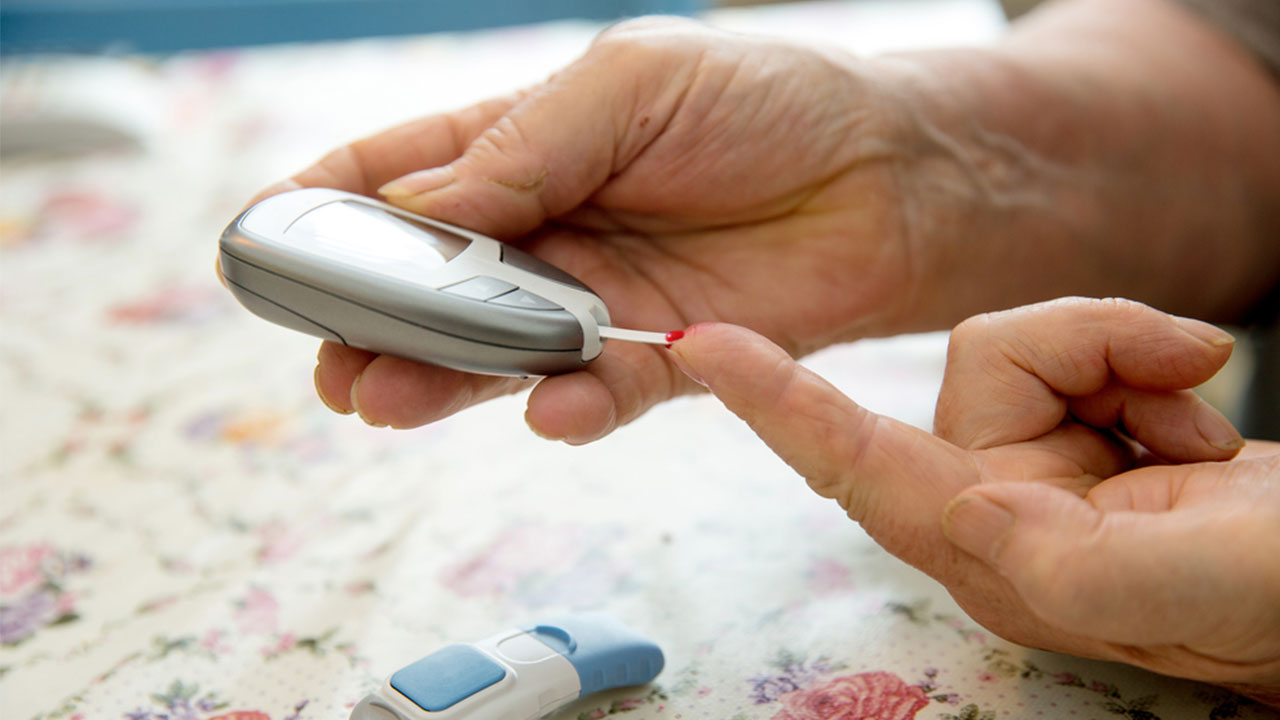How to Prevent Diabetes: 8 Diet and Lifestyle Tips for Reducing Your Risk
 By: by Amino Science
By: by Amino Science

Diabetes is a debilitating metabolic disorder that manifests in a number of ways depending on its form. Gestational diabetes, a form of diabetes insipidus, is a condition that develops in women who do not have diabetes but develop high blood sugar during pregnancy. Usual symptoms that signal the presence of diabetes insipidus are an overproduction of urine and extreme thirst. Mental illness, head trauma, or kidney damage trigger other forms of diabetes insipidus.
Diabetes mellitus types 1 and 2 are common manifestations of the disease that may have genetic influences. The cause of type 1 diabetes, formerly known as juvenile diabetes, is not known and is characterized by autoimmunity, low insulin production, and high blood sugar levels.
Type 2 diabetes comprises 90% of all diabetes cases and involves low insulin production, insulin resistance, and high blood sugar. Excess body fat and lack of exercise are highly probable triggers of the illness. Type 2 diabetes is particularly injurious. Its symptoms, such as increased hunger, frequent urination, or weight loss are sometimes undetectable, and if left untreated complications can lead to blindness, amputations, kidney failure, heart disease, or death.
8 Simple Steps to Prevent Diabetes
There remains a pressing need for more extensive type 2 diabetes research, as the number of type 2 diabetes cases is expected to grow in the coming years. Close to 2 million Americans are diagnosed with diabetes each year. Nevertheless, the existing evidence is clear: healthy lifestyle behaviors and healthy eating are the best ways to avoid type 2 diabetes.
The drug metformin demonstrated a significant effect in decreasing type 2 diabetes risk in a 2002 study; yet, the same study cites that lifestyle changes were more effective than metformin in preventing or delaying the onset of type 2 diabetes. A 2001 report in The New England Journal of Medicine echoes the importance of lifestyle behaviors in preventing type 2 diabetes. The study suggests that most cases of type 2 diabetes are preventable with healthier choices.
The following 8 tips comprise a crash course on how to prevent diabetes when you can control circumstances relevant to the illness.

1. Get Physical with Intensity
Physical inactivity and a chronic sedentary lifestyle lead to obesity—a prime risk factor for developing type 2 diabetes. Attempting to reverse this very preventable risk doesn’t stop at performing casual activities, like walking or taking a light jog around the block. Intense physical activity, as opposed to low or moderate levels of physical activity, may substantially reduce type 2 diabetes risk, according to a Journal of the American Medical Association conclusion. The study measured energy expenditure levels in women aged 40 to 65 years who did not have diabetes.
If taking sprints is not your thing, then moving (e.g., cycling or walking) at energy levels equivalent to vigorous exercise is key to preventing diabetes. Anything less than vibrant movement may not combat diabetes risk factors. Likewise, prolonged television watching and other sedentary behaviors have been linked to high risks of type 2 diabetes and death.
2. Shrug Coffee Guilt
While being mindful of your reaction to the caffeine in unfiltered coffee, drink your cup of joe knowing that it can reduce your risk of diabetes. The Archives of Internal Medicine published a 2009 study that suggested consuming high levels of coffee, decaffeinated coffee, and tea demonstrated a reduced risk of diabetes. This news seems to elaborate on findings of a 2006 study of younger and middle-aged women that showed coffee ingredients other than caffeine may negatively affect diabetes risk; but consumed in moderation, the beverage may decrease the risk.
3. Do Not Smoke
Smoking tobacco cigarettes is not only linked to developing cancers and heart disease, but it can also lead to type 2 diabetes. A 2007 study in the Journal of the American Medical Association showed that risks of developing type 2 diabetes were higher for active heavy smokers than active lighter smokers, and lower for former smokers. It’s never too late to quit smoking and better your odds of avoiding diabetes.
4. Drink Alcohol in Moderation
Consuming alcohol in excess can increase the risk of developing type 2 diabetes in both men and women, according to a 2009 study in the journal Diabetes Care. In fact, researchers published findings in the American Journal of Clinical Nutrition that revealed how alcohol consumption in moderation was associated with a 40% lower risk of developing type 2 diabetes in people who had initially exhibited low-risk lifestyle behaviors.
5. Curb the Soft Drinks
Sugary beverages like soda, fruit punch, and sweet tea have been linked to increased levels of diabetes incidences—particularly in children and teenagers. Several cities in the United States, such as Philadelphia, Seattle, and Boulder have taken measures to protect citizens by de-incentivizing consumption and taxing soft drink purchases.
A 2011 study in the American Journal of Clinical Nutrition deems the connection between sugar-sweetened beverage consumption and the elevated risk of type 2 diabetes as significant. These sugary beverages lead to weight gain and obesity—common diabetes warning signs. The Lancet journal published a 2001 study substantiating the association between the consumption of sugar-sweetened drinks and childhood obesity. An overwhelming consensus within the science community discourages soft drink consumption.
6. Scrutinize with Grains
Whenever possible, replace white starchy foods with whole grain alternatives. Refined carbohydrates may contribute to a greater risk of type 2 diabetes. Research supports replacing white rice with whole grains, including brown rice. PLoS Medicine published results that also champion the consumption of whole grains for the prevention of type 2 diabetes, revealing bran as most effective in decreasing type 2 diabetes risk in the 2007 study.
A report in the Archives of Internal Medicine states that including cereal fiber in the diets of African American women showed a decrease of type 2 diabetes risk. Another 2007 study in the same journal showed a link between the high intake of foods with a high glycemic index and glycemic load, like rice and noodles, and increased type 2 diabetes risk in middle-aged Chinese women.
7. Replace Unhealthy Fats, Steady Omega-3s
A low-fat diet isn't a prerequisite of a diabetes prevention program as much as a low-carb diet is. As indicated in a 2009 study, dietary fats positively influence glucose metabolism. Study participants with prediabetes were assigned to a low-fat or low-carb diet for 12 weeks. Those eating low carb experienced a 12% drop in blood sugar levels and a 50% drop in insulin levels. Prediabetic individuals eating low fat only decreased blood sugar and insulin levels by 1% and 19% respectively.
Findings from another 2009 study show a link between linoleic acid—a polyunsaturated fat—and improved insulin sensitivity, which is beneficial for diabetes prevention. Health advocates encourage replacing unhealthy fats, like saturated fats and trans fatty acids, with polyunsaturated fats like linoleic acid, which can be found in almonds, olive oil, and wheat germ.
Consuming omega-3 fatty acids can help to lower risks for developing heart disease. However, high levels of these long-chain fatty acids (LCFAs) were linked to a moderate increase in type 2 diabetes incidences. A 2009 study in the American Journal of Clinical Nutrition details this phenomenon in relation to a higher consumption of LCFAs found in fish.
8. Consume Amino Acids
Researchers examined the effect of branched-chain amino acids (BCAAs)—leucine, isoleucine, and valine—on obesity and excess weight in middle-aged East Asian women and Western adults who did not have diabetes. This 2011 study showed that BCAA intake had an inverse association with body weight and fatty tissue prevalence. East Asian women and Western adult research participants who consumed BCAAs from their regional diets were less likely to gain weight. This is promising news considering that excess body weight and obesity are risk factors for developing diabetes.
Diets rich in amino acids include dairy products, legumes, and meat. Although BCAAs have been shown to help lower weight gain, and thus diabetes risk, a 2017 study in the British Journal of Nutrition concluded that there is a correlation between BCAA-laden meat intake and the development of type 2 diabetes in the study’s pool of women aged 50 to 79 years.
Similarly, 2017 findings in the Canadian Journal of Diabetes conclude that the context of BCAAs matters when considering type 2 diabetes risk. This data complements a 2011 conclusion that red meat consumption, particularly processed red meat, is linked to increased type 2 diabetes risk. So choose your BCAA source wisely.
Rather than taking a BCAA supplement, you’d be much better served taking an amino acid supplement made with all the essential amino acids. The Amino Company specializes in essential amino acid supplements formulated according to specific health needs. You can see the entire product line and learn more here.
When BCAAs are taken alone, they disrupt the balance of the amino acid pool, and their benefits are lost if not taken as part of a complete amino acid complex. A balanced mixture of essential amino acids will stimulate the production of new muscle protein, thereby increasing muscle mass. BCAAs do not have a sustained effect on muscle, as all the essential amino acids are needed to make new muscle protein. The muscle is the primary site of glucose clearance in the body, so increasing muscle mass will improve metabolic control in diabetes.
A Diabetes Prevention Program for Life
Preventing diabetes is no less complicated than preventing any other avertible health problem. It all comes down to wellness basics such as maintaining a healthy weight, eating a healthy diet, keeping your blood glucose levels in the safe range, monitoring your blood pressure, and getting regular health care exams to check your fasting glucose levels and catch any issues that could put you at higher risk of diabetes.

Up to 25% off Amino
Shop NowTAGS: conditions natural cures
Join the Community
Comments (0)
Most Craveable Recipes




 833-264-6620
833-264-6620



















